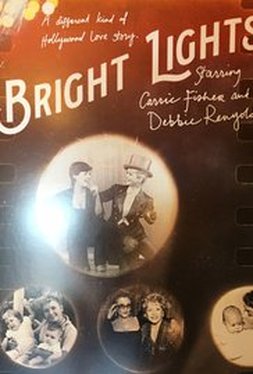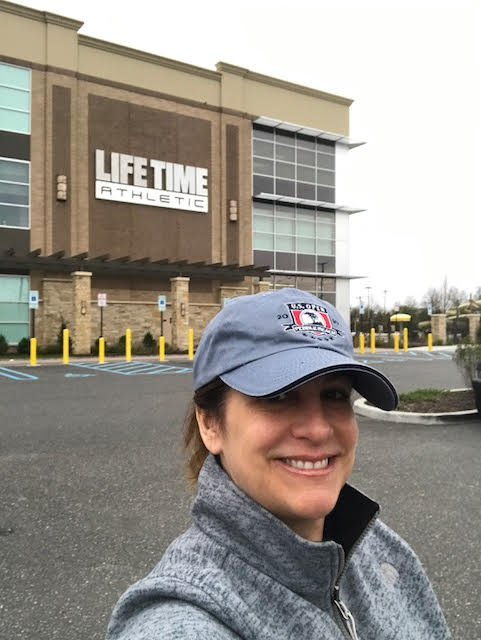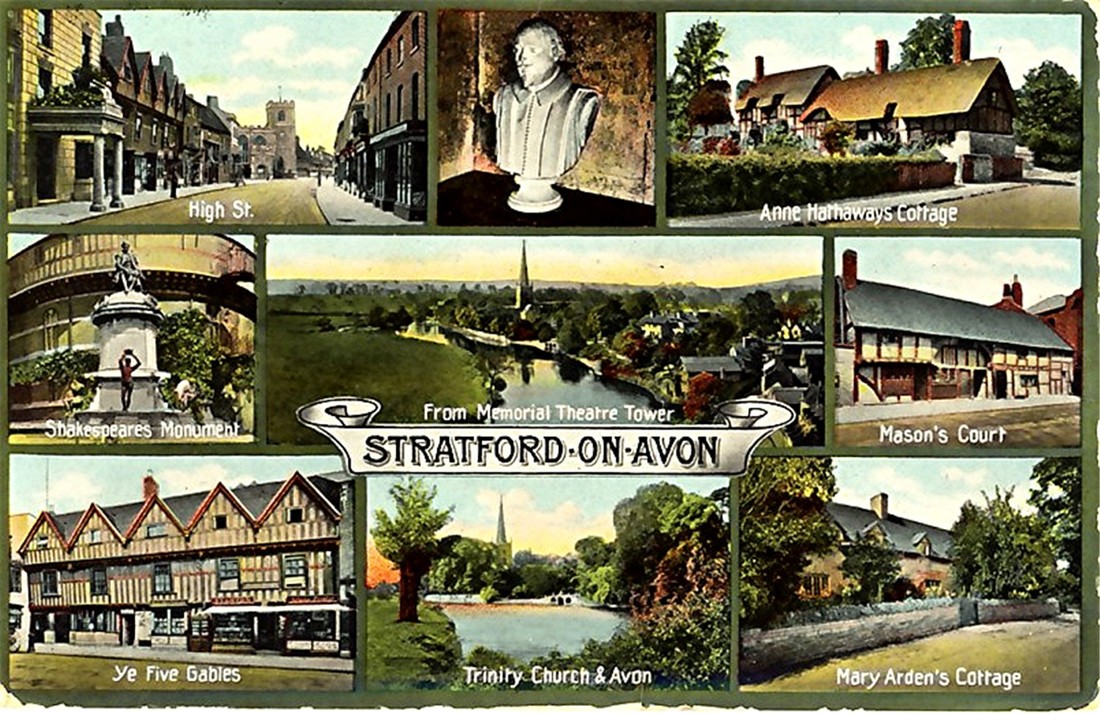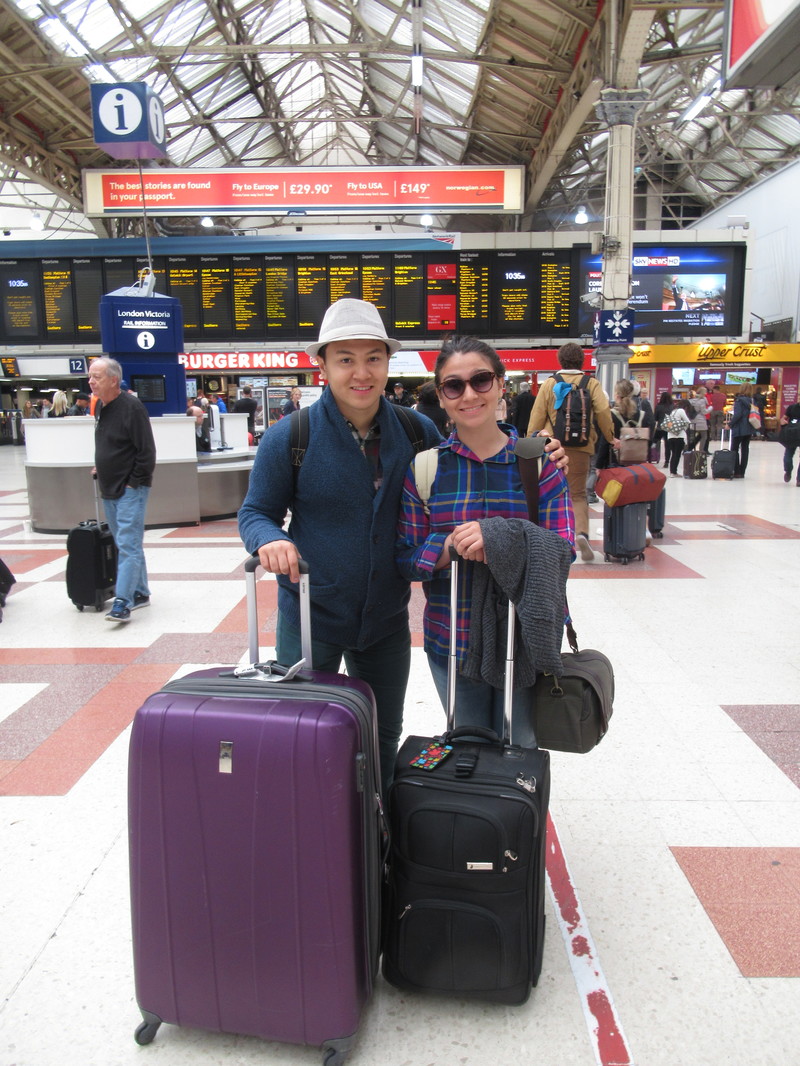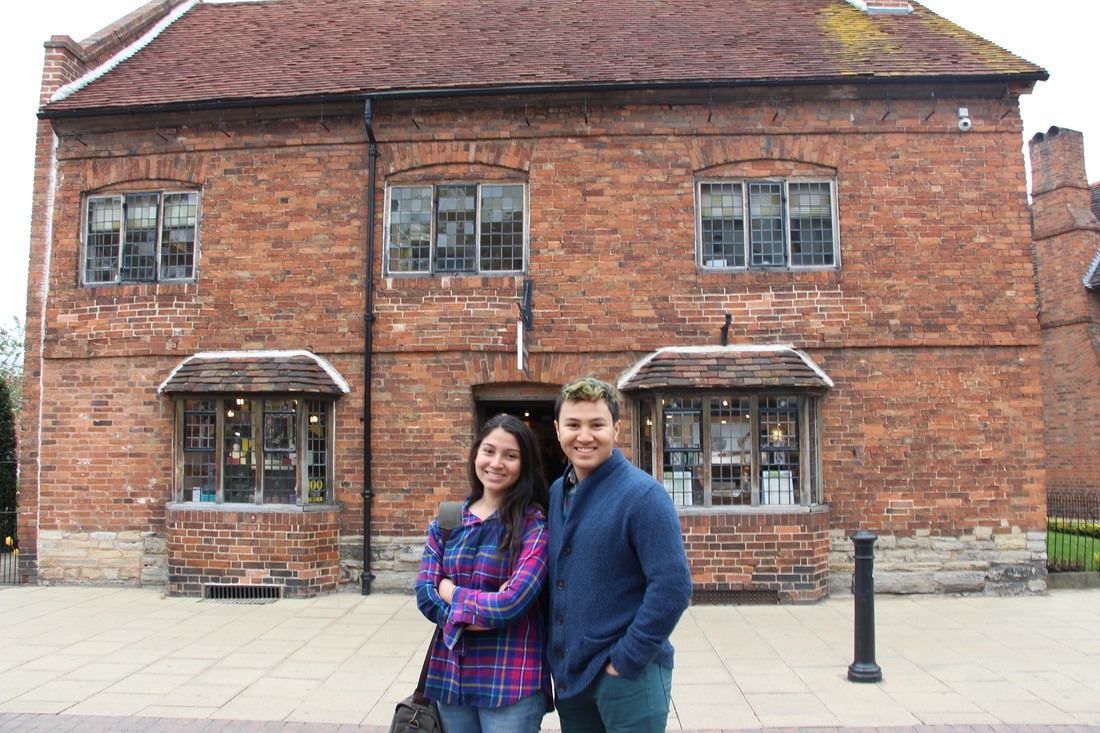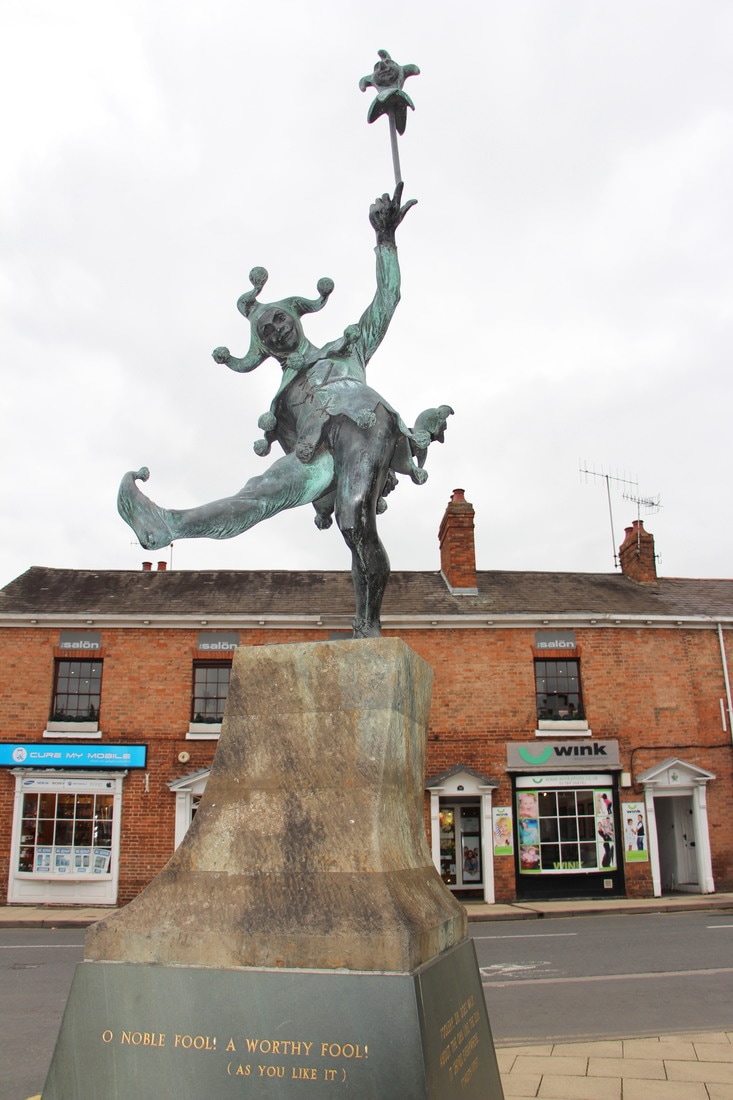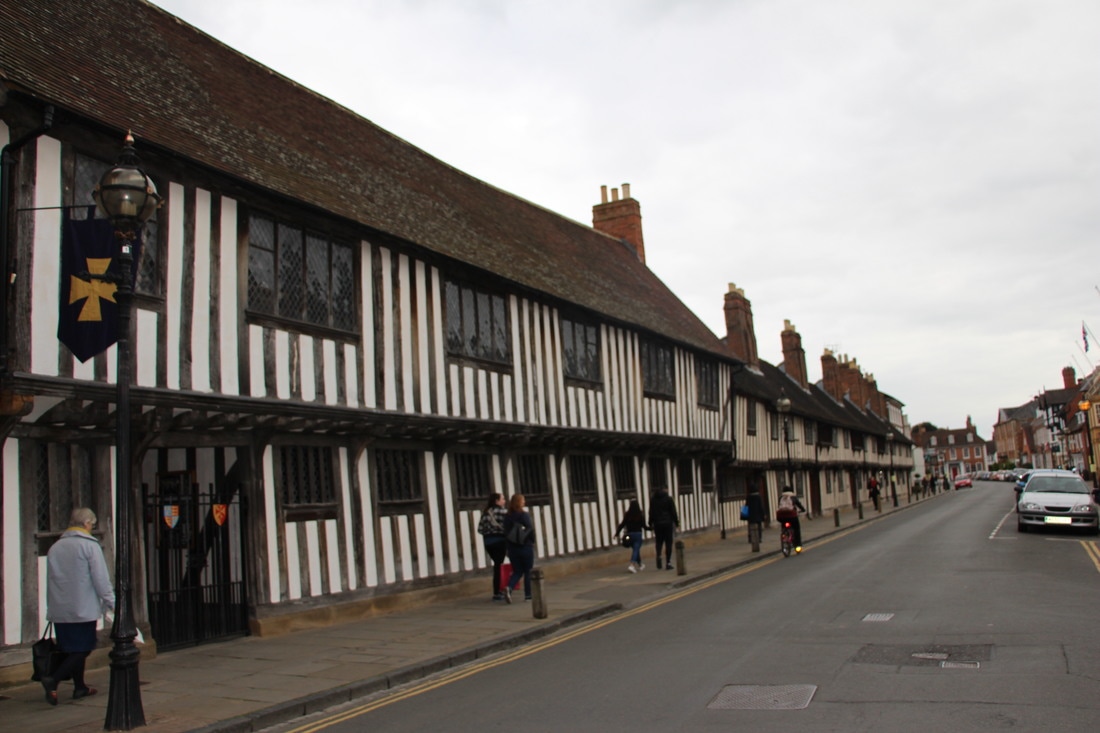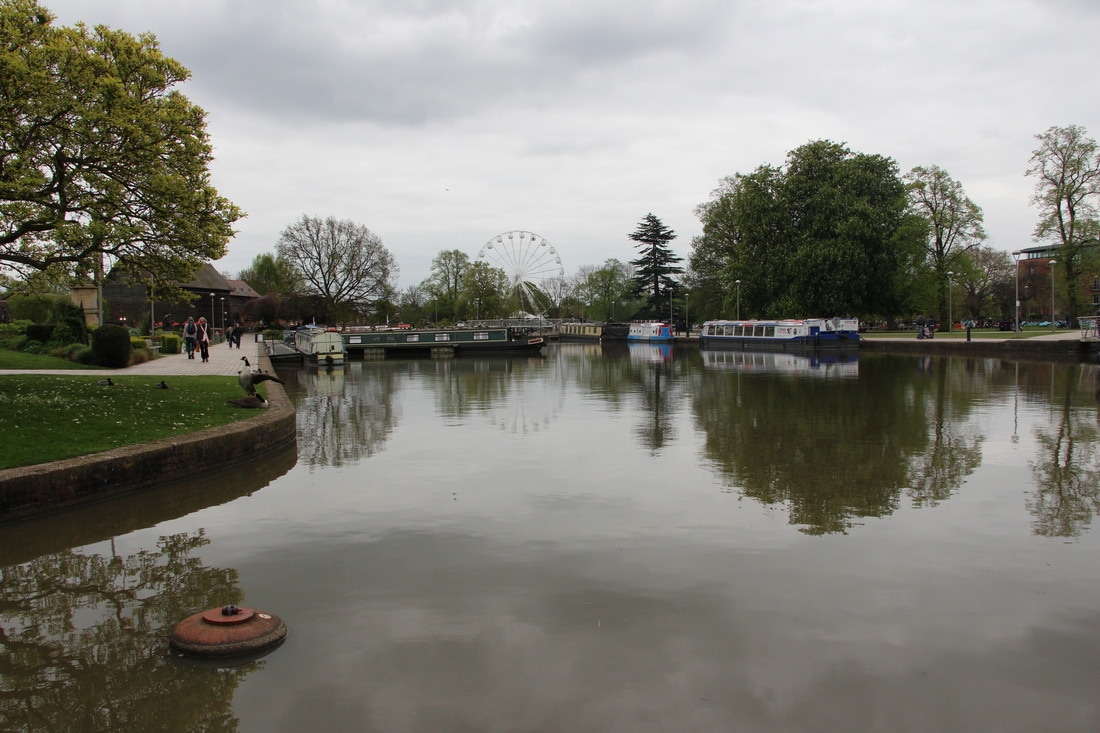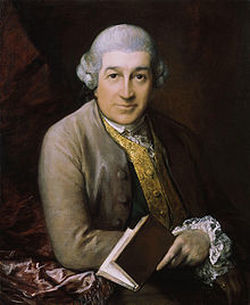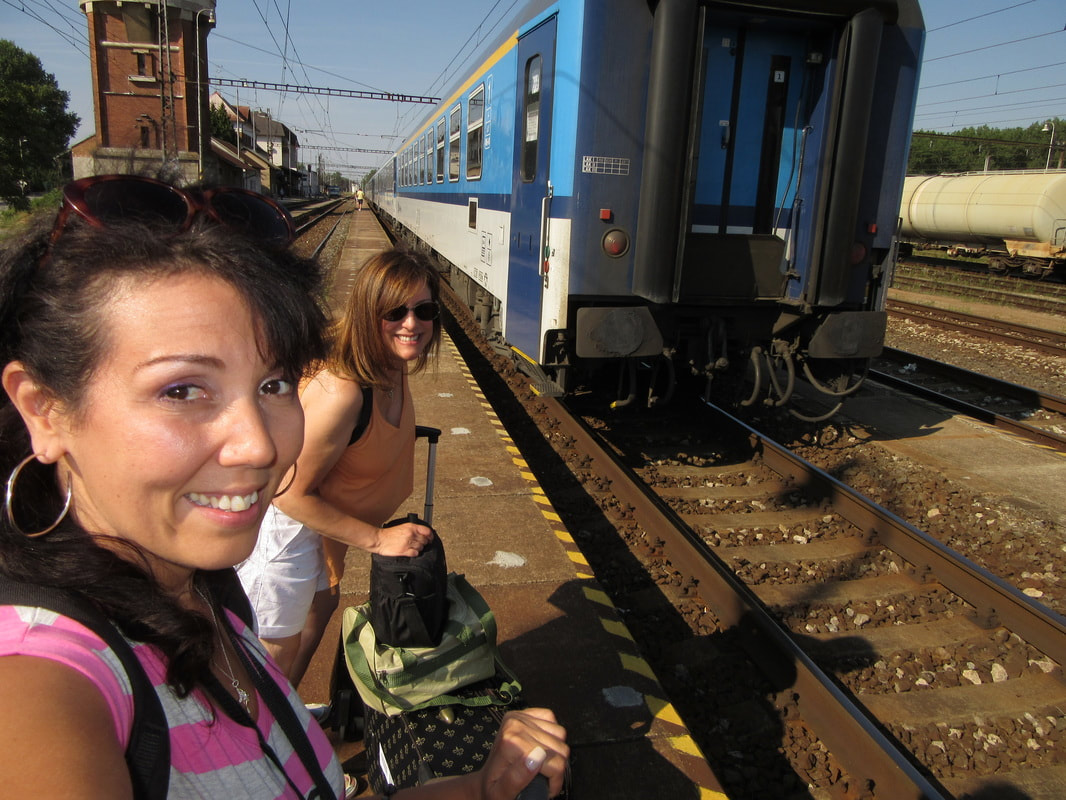Elisa's Daily Scoop | Tanya's Daily Scoop |
17 Historic Facts about Stratford Upon Avon
2. The settlement which later became known as Stratford was first inhabited by Anglo-Saxons following their 7th century invasion of what would become known as Warwickshire.
3. The land was owned by the church of Worcester, remaining a village until the late 12th century when it was developed into a town by lord of the manor, John of Coutances, who laid out a new town plan in 1196 based on a grid system to expand Stratford and allow people to rent property in order to trade within the town.
4. A market town and civil parish in Warwickshire, England, on the River Avon, it is located 101 miles north west of London.
5. Stratford was originally inhabited by Anglo-Saxons and remained a village before lord of the manor, John of Coutances, set out plans to develop it into a town in 1196.
7. This English town is the birthplace of William Shakespeare.
8. A popular tourist destination owing to its status as birthplace of English playwright and poet William Shakespeare, the town is host to approximately 2.5 million visitors a year.
9. The Royal Shakespeare Company resides in Stratford's Royal Shakespeare Theatre.
10. The oldest pub in Stratford is reportedly The Garrick Inn, which dates back to the 1400s.
11. In the 18th century William Gastrell bought Shakespeare’s old house on New Place but soon got fed up of visitors looking through the windows. So he demolished it, despite the fact that Shakespeare had written some of his most famous works there, including the Tempest. The building has never been rebuilt, though the foundations are still there.
13. The town's name is a combination of the Old English strǣt, meaning 'street', ford, indicating a shallow part of a river or stream, allowing it to be crossed by walking or driving and avon which is the Celtic word for river.
14. Many of the town's earliest and most important buildings are located along what is known as Stratford's Historic Spine, which was once the main route from the town centre to the parish church.
15. For your next visit, note that the route of the Historic Spine begins at Shakespeare's Birthplace in Henley Street, through Henley Street to the top end of Bridge Street and into High Street where many Elizabethan buildings are located, including Harvard House. The route includes Chapel Street where Nash's House and New Place are sited and continues along Church Street where Guild buildings are located dating back to the 15th century, as well as 18th and 19th century properties. The route finishes in Old Town, which includes Hall's Croft and the Holy Trinity Church.
17. The estimated population in 2011 according to the Census was 27,445.




